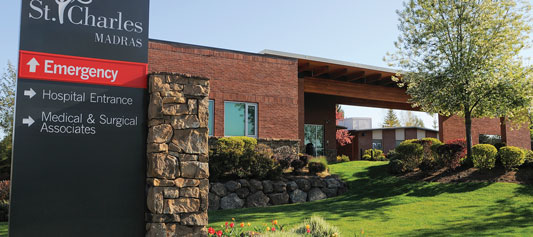Part
01
of two
Part
01
Healthcare Challenges: Spanish-Speaking Americans (2)
Key Takeaways
- One of the challenges faced by mental health providers when dealing with Hispanics or Latinx patients revolves around understanding their patient's culture and needs to enable them to make the correct diagnoses.
- The lack of diversity in their nursing workforce is another problem that U.S. healthcare providers are facing as they attempt to cater to Hispanics of Spanish speakers.
- Hispanics make up around 18% of the U.S. population but Hispanic nurses account for only a tiny percentage of the total healthcare labor force.
Introduction
The research brief below provided some of the problems or challenges that U.S. hospitals or healthcare systems are facing as they attempt to cater to Spanish speakers or Hispanic patients or customers. Some of the challenges or problems include language barrier and cultural barrier concerns, lack of diversity in their nursing workforce, and the lack of diversity training for their healthcare professionals. For each challenge, an explanation was provided as well as the scenarios that prompted the problem.
Language and Cultural Barriers
- One of the challenges faced by mental health providers when dealing with Hispanics or Latinx patients revolves around understanding their patient's culture and needs to enable them to make the correct diagnoses.
- As an example, a patient might convey what's ailing them with a statement such as "Me diele el corazon." Literally, this translates to "my heart hurts." However, this particular Hispanic phrase actually meant that the patient is experiencing some emotional problems and not chest pain.
- Health providers would need to probe further and take into account the cultural context of what their patients are saying instead of being satisfied with the literal translation.
- Based on a report derived from most U.S. studies, large healthcare institutions typically encounter problems with regard to language barriers when providing their services to their patients.
- Due to this challenge, the services that they provide are being impacted in terms of healthcare quality, safety, and the satisfaction of healthcare professionals.
Lack of Diversity in the Nursing Workforce
- The lack of diversity in their nursing workforce is another problem that U.S. healthcare providers are facing as they attempt to cater to Hispanics of Spanish speakers.
- Hispanics make up around 18% of the U.S. population. However, Hispanic nurses account for only a tiny percentage of the total healthcare labor force.
- A manager from the Mount Sinai Health System emphasized the value of diversity in the nursing labor force and the need to have more Hispanic registered nurses.
Lack of Healthcare Workforce Training in Diversity Matters
- Meanwhile, a primary doctor from the "Center of Diversity and Inclusion" at the Massachusetts General Hospital mentioned that they are facing a challenge on how to best address inequities in their services for minority groups such as Latinos. The doctor mentioned that they were not given any training to truly practice racial equity in their work.
- The healthcare industry also needs to ensure that diversity training can be provided to its workforce to prevent racial bias among minorities.
Research Strategy
To determine the problems or challenges that U.S. hospitals or healthcare systems are facing as they attempt to cater to Spanish speakers or Hispanics, we leveraged the most reputable sources available in the public domain such as healthcare industry publications (NCBI, Nurse.com, etc.), hospital websites and reports (Nami, etc.), media publications (USA Today, etc.), and other relevant sources. Based on this search approach, we were able to identify some problems or challenges that health systems or healthcare facilities in the U.S. are facing when serving patients from this racial segment. We made sure to focus on those challenges or problems faced by healthcare systems or facilities and not those encountered by Hispanic patients. Some reports mentioned other minority groups within the same report but we made sure that the majority of the content was about Hispanic or Latinx patients who speak Spanish.

